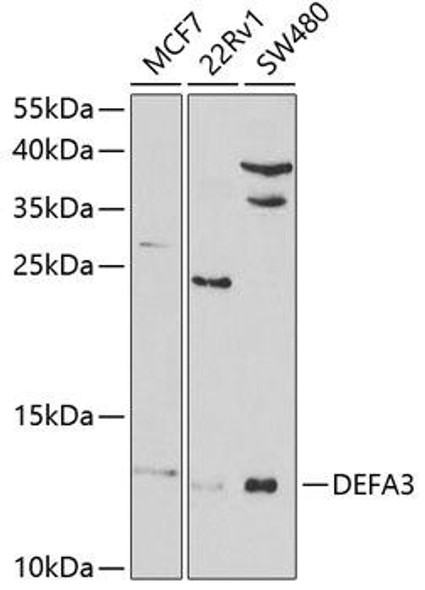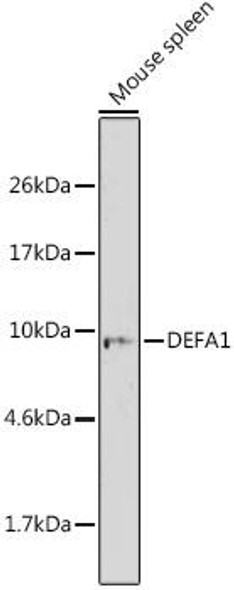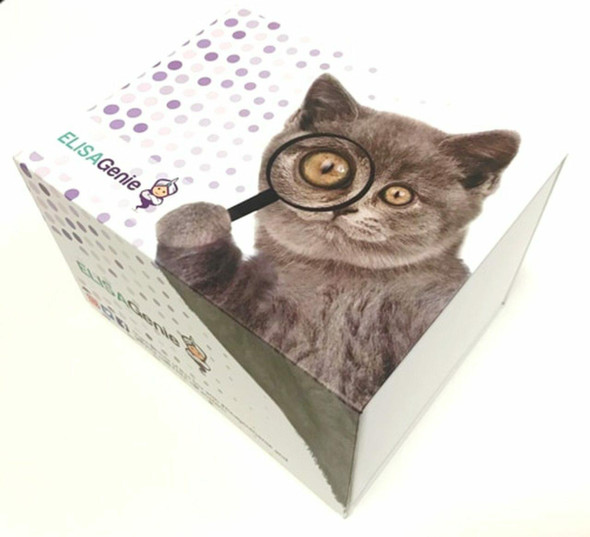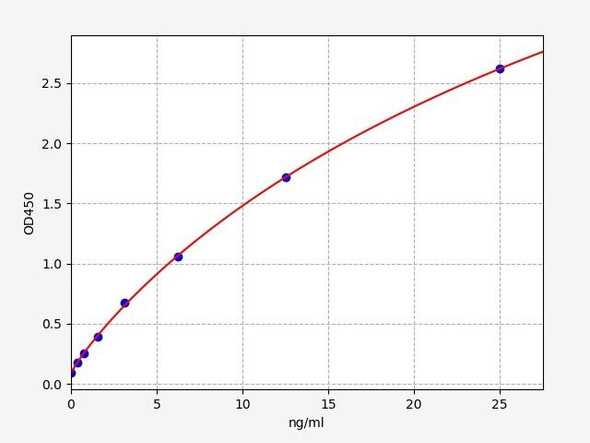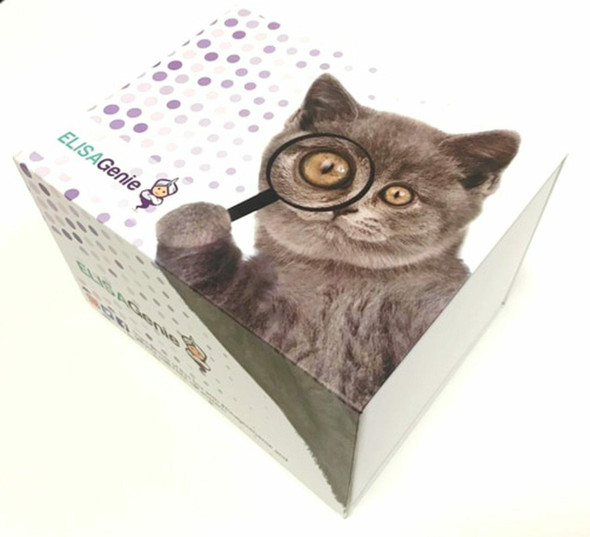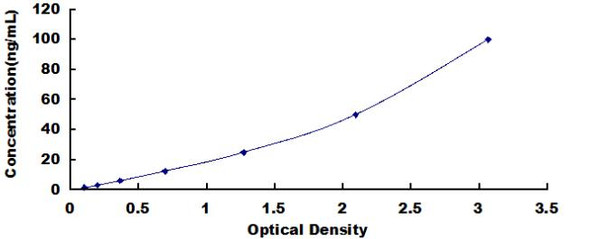Description
DEFA1/DEFA3 Antibody (PACO19274)
The DEFA1-DEFA3 Polyclonal Antibody (PAC019274) is a valuable tool for researchers studying the DEFA1 and DEFA3 genes, which encode for key components of the immune system known as defensins. These small peptides play a crucial role in the innate immune response, providing protection against pathogens such as bacteria and viruses.This polyclonal antibody, produced in rabbits, exhibits high reactivity with human samples and has been validated for use in various applications, including Western blotting. By specifically binding to the DEFA1 and DEFA3 proteins, researchers can accurately detect and analyze these important immune molecules in different cell types.
Given the role of defensins in immune defense, this antibody is particularly useful for investigations in immunology, infectious diseases, and inflammatory conditions. Understanding the expression and function of DEFA1 and DEFA3 can provide valuable insights into the mechanisms of immune protection and potential therapeutic strategies for combating infections and inflammatory disorders.
| Antibody Name: | DEFA1/DEFA3 Antibody (PACO19274) |
| Antibody SKU: | PACO19274 |
| Size: | 50ul |
| Host Species: | Rabbit |
| Tested Applications: | ELISA, IHC |
| Recommended Dilutions: | ELISA:1:1000-1:2000, IHC:1:25-1:100 |
| Species Reactivity: | Human |
| Immunogen: | Synthetic peptide of human DEFA1/3 |
| Form: | Liquid |
| Storage Buffer: | -20°C, pH7.4 PBS, 0.05% NaN3, 40% Glycerol |
| Purification Method: | Antigen affinity purification |
| Clonality: | Polyclonal |
| Isotype: | IgG |
| Conjugate: | Non-conjugated |
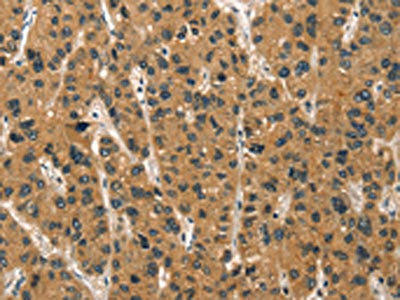 | The image on the left is immunohistochemistry of paraffin-embedded Human liver cancer tissue using PACO19274(DEFA1/3 Antibody) at dilution 1/30, on the right is treated with synthetic peptide. (Original magnification: x200). |
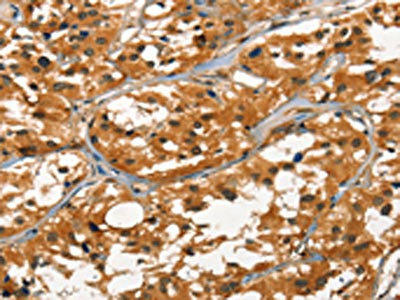 | The image on the left is immunohistochemistry of paraffin-embedded Human thyroid cancer tissue using PACO19274(DEFA1/3 Antibody) at dilution 1/30, on the right is treated with synthetic peptide. (Original magnification: x200). |
| Background: | Defensins are a family of microbicidal and cytotoxic peptides thought to be involved in host defense. They are abundant in the granules of neutrophils and also found in the epithelia of mucosal surfaces such as those of the intestine, respiratory tract, urinary tract, and vagina. Members of the defensin family are highly similar in protein sequence and distinguished by a conserved cysteine motif. The protein encoded by this gene, defensin, α 1, is found in the microbicidal granules of neutrophils and likely plays a role in phagocyte-mediated host defense. Defensin, α Several α 3, is found in the microbicidal granules of neutrophils and likely plays a role in phagocyte-mediated host defense. Several α defensin genes are clustered on chromosome 8. |
| Synonyms: | defensin, α 1/3 |
| UniProt Protein Function: | defensin, alpha 1: Defensin 1 and defensin 2 have antibacterial, fungicide and antiviral activities. Has antimicrobial activity against Gram- negative and Gram-positive bacteria. Defensins are thought to kill microbes by permeabilizing their plasma membrane. Belongs to the alpha-defensin family. |
| UniProt Protein Details: | Protein type:Secreted; Secreted, signal peptide Chromosomal Location of Human Ortholog: 8p23.1 Cellular Component: extracellular matrix; extracellular space; Golgi lumen; extracellular region Biological Process: defense response to Gram-positive bacterium; estrogen receptor signaling pathway; innate immune response in mucosa; killing of cells of another organism; antibacterial humoral response; innate immune response; immune response; chemotaxis; defense response to fungus; defense response to virus |
| NCBI Summary: | Defensins are a family of antimicrobial and cytotoxic peptides thought to be involved in host defense. They are abundant in the granules of neutrophils and also found in the epithelia of mucosal surfaces such as those of the intestine, respiratory tract, urinary tract, and vagina. Members of the defensin family are highly similar in protein sequence and distinguished by a conserved cysteine motif. The protein encoded by this gene, defensin, alpha 1, is found in the microbicidal granules of neutrophils and likely plays a role in phagocyte-mediated host defense. Several alpha defensin genes are clustered on chromosome 8. This gene differs from defensin, alpha 3 by only one amino acid. This gene and the gene encoding defensin, alpha 3 are both subject to copy number variation. Two transcript variants encoding different isoforms have been found for this gene. [provided by RefSeq, Oct 2014] |
| UniProt Code: | P59665 |
| NCBI GenInfo Identifier: | 30316322 |
| NCBI Gene ID: | 728358 |
| NCBI Accession: | P59665.1 |
| UniProt Secondary Accession: | P59665,P11479, Q14125, Q6EZF6, |
| UniProt Related Accession: | P59665 |
| Molecular Weight: | 10,201 Da |
| NCBI Full Name: | Neutrophil defensin 1 |
| NCBI Synonym Full Names: | defensin, alpha 1B |
| NCBI Official Symbol: | DEFA1B |
| NCBI Official Synonym Symbols: | HP1; HP-1; HNP-1 |
| NCBI Protein Information: | neutrophil defensin 1 |
| UniProt Protein Name: | Neutrophil defensin 1 |
| UniProt Synonym Protein Names: | Defensin, alpha 1; HNP-1; HP-1; HP1 |
| UniProt Gene Name: | DEFA1 |
| UniProt Entry Name: | DEF1_HUMAN |







